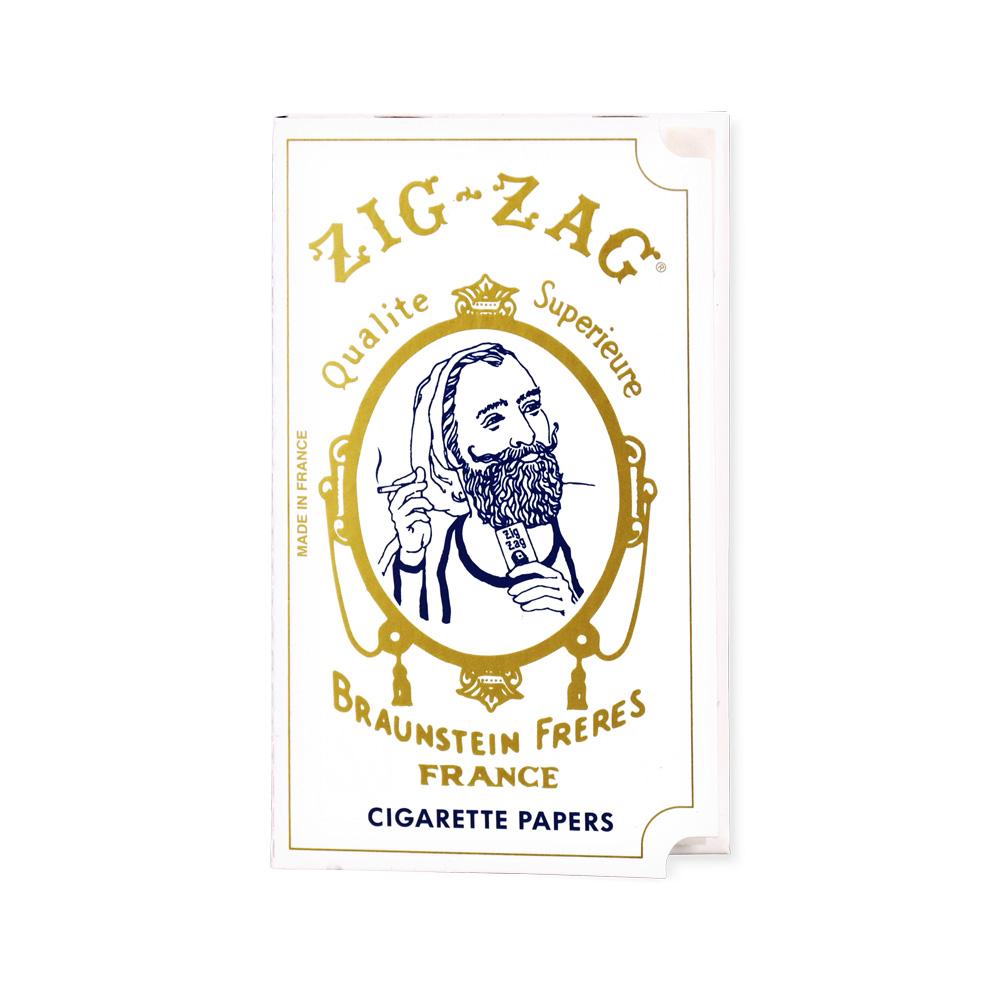Enjoy browsing our curated menu of products from Zig Zag. Finally, all the best from Zig Zag in one place!
Showing all 3 results
$27.90
About Zig Zag
In the ever-evolving landscape of online marketing, the concept of "zig zag" takes center stage as an essential strategy to adapt to the abrupt alternate right turns that visitor behavior often presents. This zig zag approach is particularly relevant when discussing the utilization of cookies, both necessary and marketing-oriented, to optimize advertisement efficiency and create a tailored experience for users. Zig zagging involves understanding the dynamic nature of visitor behavior on multiple websites, a pattern akin to a rolling paper unfolding its unique contours. Just as Zig Zag, a renowned rolling paper brand, has mastered the art of crafting smooth yet unexpected turns in its products, online advertisers must deftly respond to visitors' actions. The zig zag technique comes into play in the collection and analysis of visitor data, allowing websites to discern individual user preferences and trends. This knowledge forms the woodwork upon which the targeted ads are meticulously built.
Facts about Zig Zag
When delving into the world of rolling papers, there's an array of fascinating facts about Zig Zag that span history, culture, and innovation. Originating in France and later taking root in the United States, Zig Zag has become synonymous with premium rolling papers. The iconic zig zag pattern that graces each paper is more than just a design; it's a symbol of a smoking tradition that has withstood the test of time. Zig Zag's journey began in 19th-century France when its founder, Jacques Braunstein, established a rolling paper company. The name "Zig Zag" itself is inspired by the zigzag pattern on the rolling papers, a design choice that has become its hallmark. As Zig Zag papers gained popularity in Europe, they crossed the Atlantic to the United States, finding a home in cities like San Francisco and New York.


